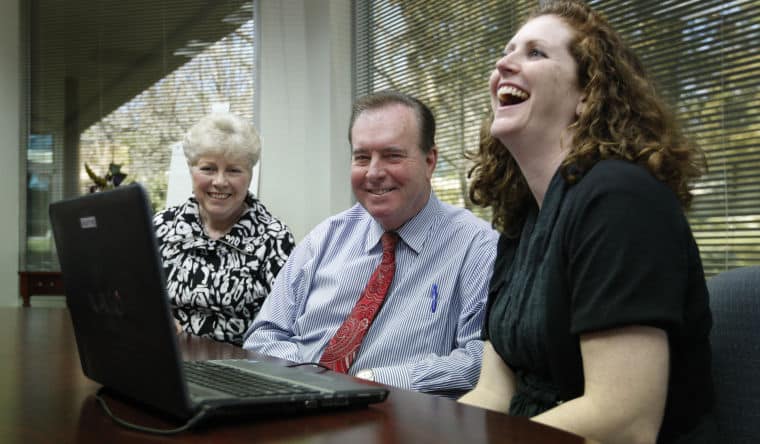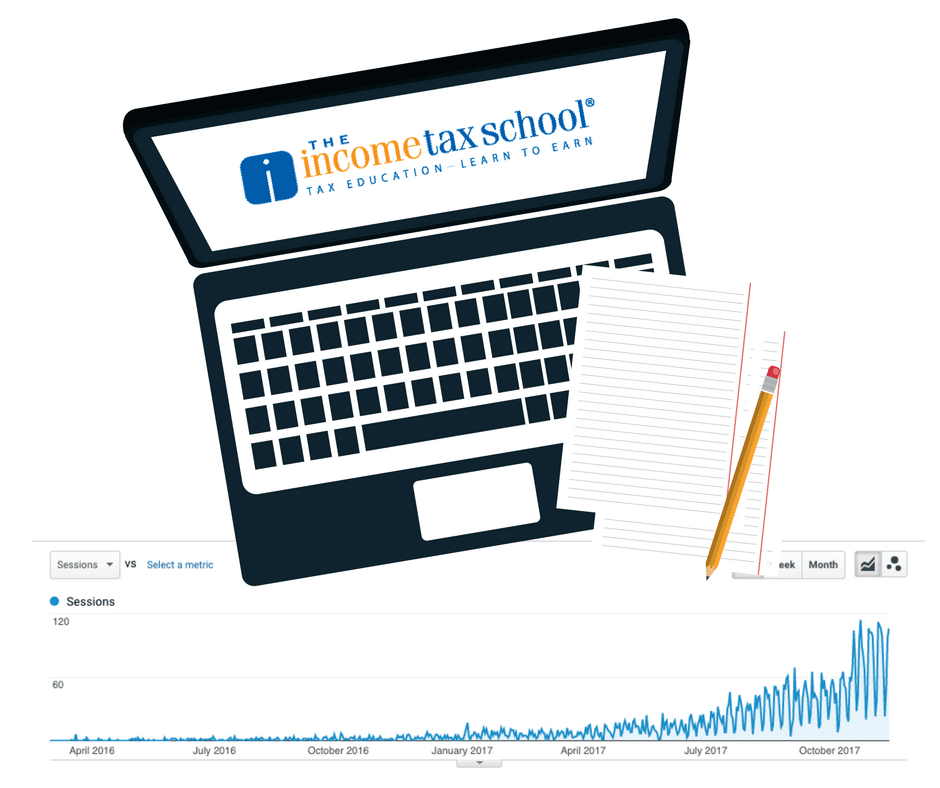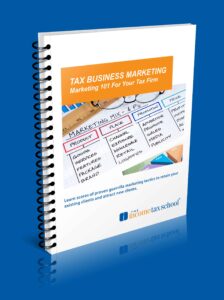The IRS wants to remind holiday shoppers to remain vigilant with their personal information this  holiday season. That means you should be communicating with clients to ensure they stay vigilant this December. In the hustle and bustle of finding the best deals and shopping for everyone on your list, cybercriminals are waiting. While you’re shopping for presents, they’re shopping for credit card numbers, financial account information, Social Security numbers and other sensitive data that could help them file fraudulent tax returns.
holiday season. That means you should be communicating with clients to ensure they stay vigilant this December. In the hustle and bustle of finding the best deals and shopping for everyone on your list, cybercriminals are waiting. While you’re shopping for presents, they’re shopping for credit card numbers, financial account information, Social Security numbers and other sensitive data that could help them file fraudulent tax returns.
The IRS has declared this week “National Tax Security Awareness Week”.
“Cybercriminals seek to turn stolen data into quick cash, either by draining financial accounts, charging credit cards, creating new credit accounts or even using stolen identities to file a fraudulent tax return for a refund.” – IRS Press Release
Here are seven steps to share with clients courtesy of the IRS that will help with online safety and protect tax returns and refunds in 2018.
- Shop at familiar online retailers. Generally, sites using the “s” designation in “https” at the start of the URL are secure. Look for the “lock” icon in the browser’s URL bar. But remember, even bad actors may obtain a security certificate so the “s” may not vouch for the site’s legitimacy.
- Avoid unprotected Wi-Fi. Beware purchases at unfamiliar sites or clicks on links from pop-up ads. Unprotected public Wi-Fi hotspots also may allow thieves to view transactions. Do not engage in online financial transactions if using unprotected public Wi-Fi.
- Learn to recognize and avoid phishing emails that pose as a trusted source such as those from financial institutions or the IRS. These emails may suggest a password is expiring or an account update is needed. The criminal’s goal is to entice users to open a link or attachment. The link may take users to a fake website that will steal usernames and passwords. An attachment may download malware that tracks keystrokes.
- Keep a clean machine. This applies to all devices — computers, phones and tablets. Use security software to protect against malware that may steal data and viruses that may damage files. Set it to update automatically so that it always has the latest security defenses. Make sure firewalls and browser defenses are always active. Avoid “free” security scans or pop-up advertisements for security software.
- Use passwords that are strong, long and unique. Experts suggest a minimum of 10 characters but longer is better. Avoid using a specific word; longer phrases are better. Use a combination of letters, numbers and special characters. Use a different password for each account. Use a password manager, if necessary.
- Use multi-factor authentication. Some financial institutions, email providers and social media sites allow users to set accounts for multi-factor authentication, meaning users may need a security code, usually sent as a text to a mobile phone, in addition to usernames and passwords. For added protection, some financial institutions also will send email or text alerts when there is a withdrawal or change to the account. Generally, users can check account profiles at these locations to see what added protections may be available.
- Encrypt and password-protect sensitive data. If keeping financial records, tax returns or any personally identifiable information on computers, this data should be encrypted and protected by a strong password. Also, back-up important data to an external source such as an external hard drive. And, when disposing of computers, mobile phones or tablets, make sure to wipe the hard drive of all information before trashing.
In addition to these tips, encourage your clients to check their credit reports from each of the three major credit bureaus to ensure there aren’t any unfamiliar credit changes. Consumers can also create a “My Social Security” account online with the Social Security Administration to see how much income is attributed to their SSN. This can help determine if someone else is using your SSN for employment purposes.
As tax preparers, it’s our duty to keep clients informed to help prevent tax fraud and identity theft. Be a source of comfort and information by keeping your clients informed all year long. Reminding them of cybersecurity best practices is just one way to prevent a disaster come tax time.
source https://www.theincometaxschool.com/blog/irs-holiday-security-tips/





